Samurai History
Trace the samurai’s journey from their rise in the 12th century to their end in the 19th century, through wars, power shifts, and the Meiji Restoration.
Introduction to the Samurai
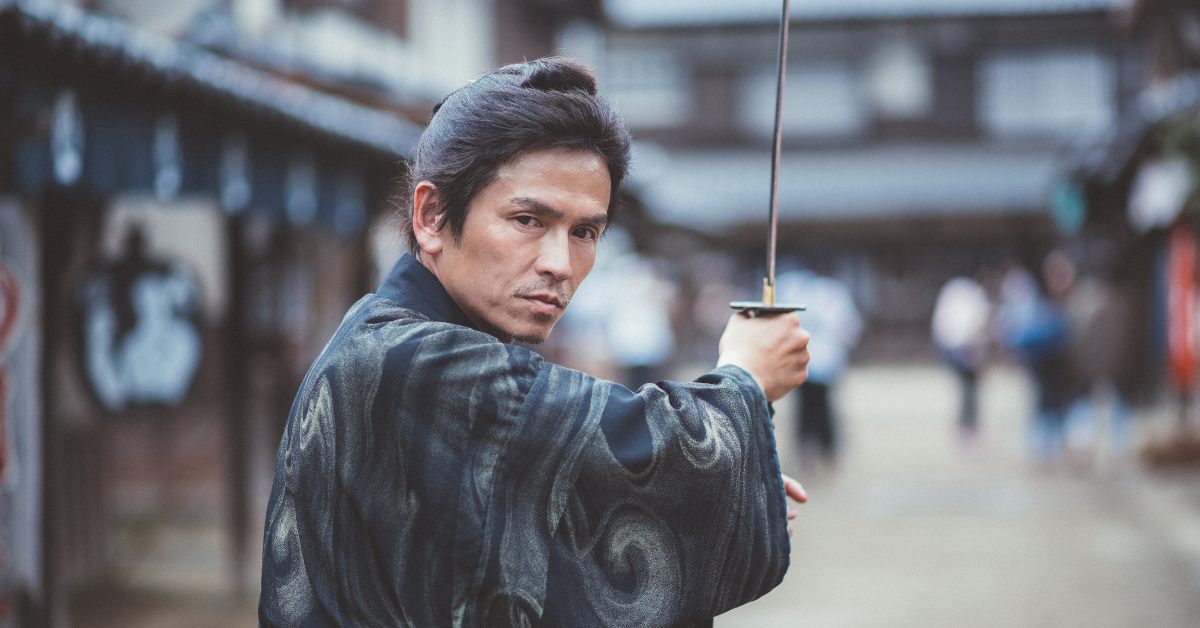
The samurai were disciplined and strong, representing noble ideals. From their military prowess to their unwavering dedication, they embodied the unbeatable spirit of feudal Japan. Their history and culture spanned over a thousand years and continue to influence the modern world we now live in. Read on to explore the rise and power of the samurai, their code of conduct, and the arts and culture that defined their way of life.
794 to 1185 - Heian Period
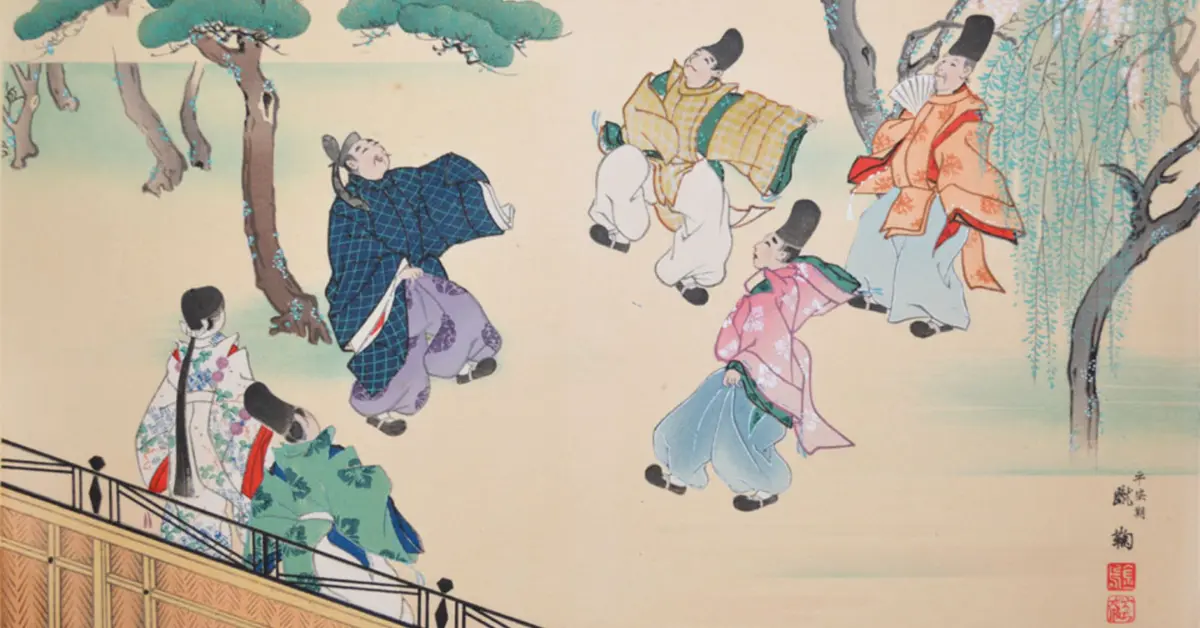
The Heian period, from 794 to 1185, is a captivating chapter in Japanese history. It was an era with rich culture and the period when samurai class emerged as guardians and military leaders. Read on to learn more about this period and the influencing factors leading to the rise of the samurai class.
1185 to 1333 - Kamakura Period
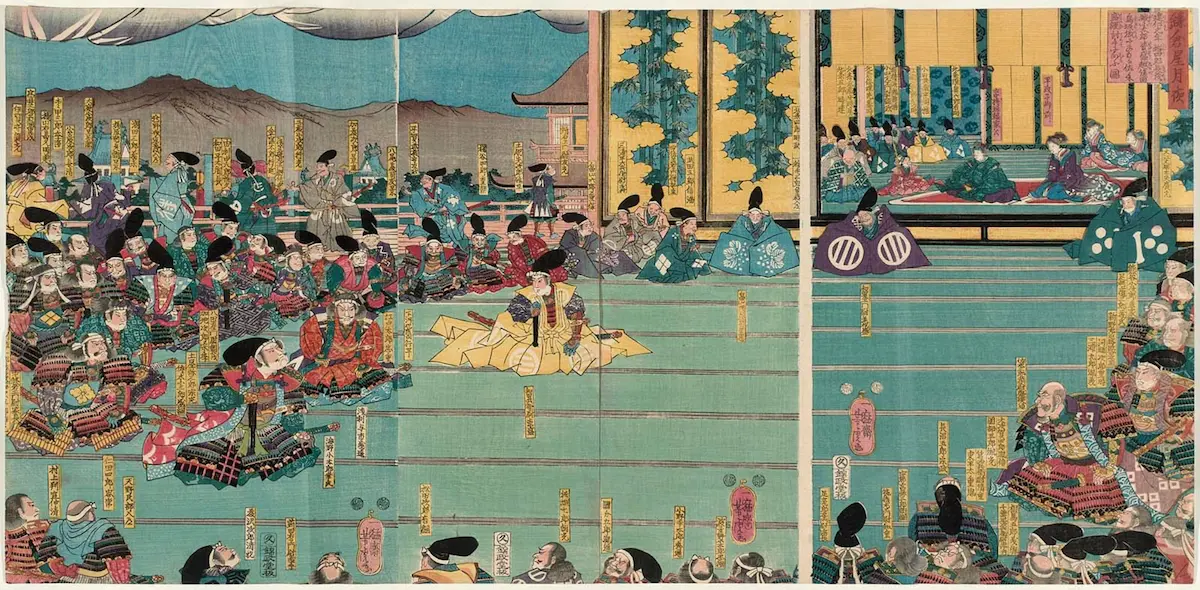
From 1185 to 1333, Japan witnessed the rise of the Kamakura Bakufu, a government led by Samurai. Under their rule, Japan experienced a profound transformation in governance, society, and warfare. Traditional customs were reshaped, and a new social order emerged, with the Samurai at the helm. Challenges like the Mongol invasions tested the Samurai’s ability to defend the country. Join us as we journey through the Kamakura period and uncover the lasting impact of Samurai rule on Japan’s history.
1333 to 1336 - Kenmu Restoration
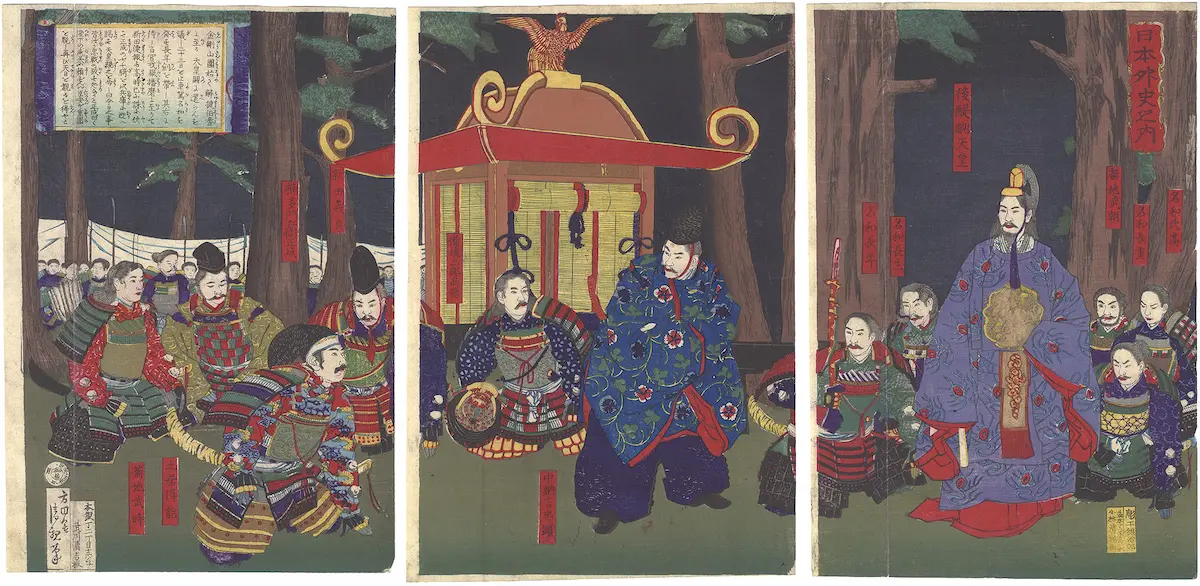
The Kenmu Restoration, a significant yet brief period in Japanese history from 1333 to 1336, marked an attempt by Emperor Go-Daigo to restore imperial rule following the decline of the Kamakura Shogunate. Initiated against a backdrop of political instability and warrior class discontent, Go-Daigo’s ambitious plan aimed at centralizing power and reducing military influence. It culminated in the Genkō War and the fall of the Kamakura Shogunate. However, his failure to balance the interests of the samurai and court nobles, coupled with strategic and military missteps, led to his downfall. Ashikaga Takauji, initially an ally, rebelled against Go-Daigo, decisively defeating his forces in the Battle of Minato River and establishing the Ashikaga Shogunate. This marked the end of the Kenmu Restoration and ushered in the Muromachi period of Japanese history.
1336 to 1573 - Muromachi Period
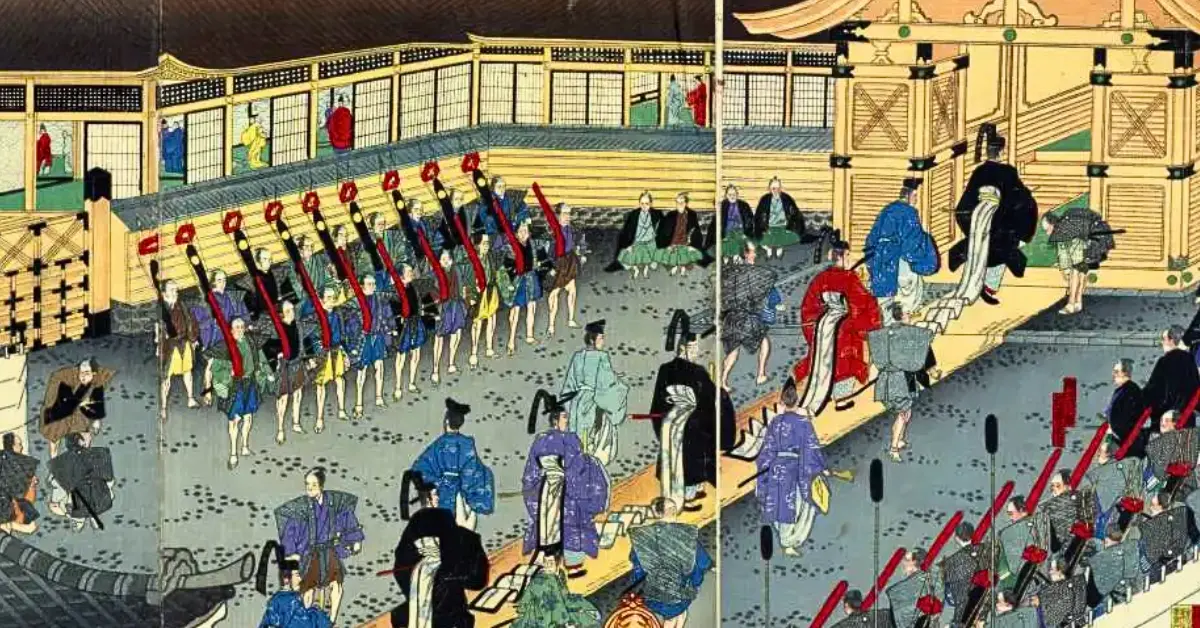
From 1336 to 1573, the Muromachi Period was marked by the formation of the Ashikaga shogunate and the rise of feudal lords known as daimyos. This era followed the Kamakura Period and the brief Kenmu Restoration. In this period, feudal lords gained prominence, and key military events, like the Onin War, played a crucial role. Cultural arts such as the noh theater and tea ceremony also reached new heights of refinement. These developments set the stage for Japan’s unification under the Tokugawa shogunate. Let us take a closer look at the Muromachi Period.
1573 to 1603 - Azuchi-Momoyama Period
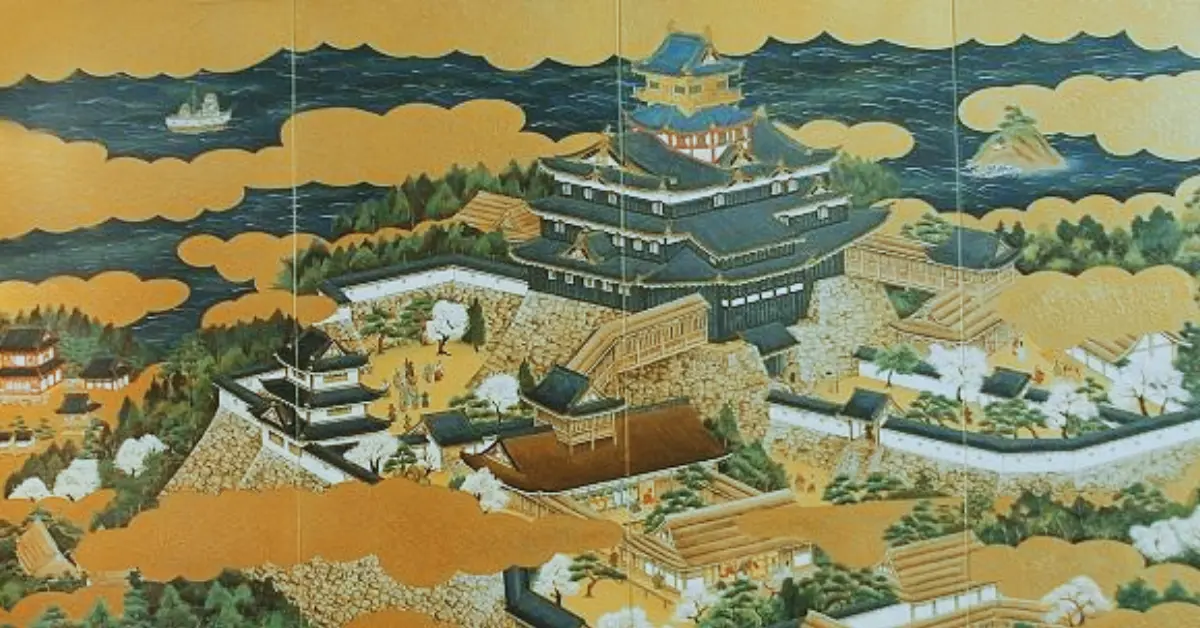
The Azuchi-Momoyama period, from 1573 to 1603, witnessed a pivotal transformation in Japan’s history. This era marked the end of the divisive Sengoku period and the dawn of unification under a central authority. Through the military prowess and strategic acumen of key figures such as Oda Nobunaga, Toyotomi Hideyoshi, and Tokugawa Ieyasu, Japan’s disparate feudal states were consolidated. Explore the climactic battles and power shifts that led to the Tokugawa shogunate’s rise and Japan’s unification.
1336 to 1573 - Muromachi Period

From 1336 to 1573, the Muromachi Period was marked by the formation of the Ashikaga shogunate and the rise of feudal lords known as daimyos. This era followed the Kamakura Period and the brief Kenmu Restoration. In this period, feudal lords gained prominence, and key military events, like the Onin War, played a crucial role. Cultural arts such as the noh theater and tea ceremony also reached new heights of refinement. These developments set the stage for Japan’s unification under the Tokugawa shogunate. Let us take a closer look at the Muromachi Period.
1603 to 1868 - Edo Period

The rule of the Tokugawa shogunate marked the Edo Period from 1603 to 1868. It was a time of peace, cultural prosperity, and social order, characterized by the strict Japanese caste system and the seclusion policy of sakoku. However, it was also the era that witnessed the decline of the samurai class and set the stage for Japan’s emergence into the modern world. This period concluded with the Meiji Restoration, which led to the end of feudal Japan and the beginning of a new, industrialized nation. In this article, we will explore the intricacies of the Edo Period, from its societal norms and cultural achievements to the political shifts that led to the dawn of a new age in Japanese history.
1868 to 1912 - Meiji Period

In the Meiji Period (1868-1912), Japan transformed from a secluded, feudal society into an industrialized nation. The decline of the Edo Period’s Tokugawa shogunate and the resurgence of imperial power under Emperor Meiji marked the dawn of this era. Through determined reforms and adoption of Western practices, Japan redefined its societal structure, military, and culture. This period also saw the end of the samurai class.
